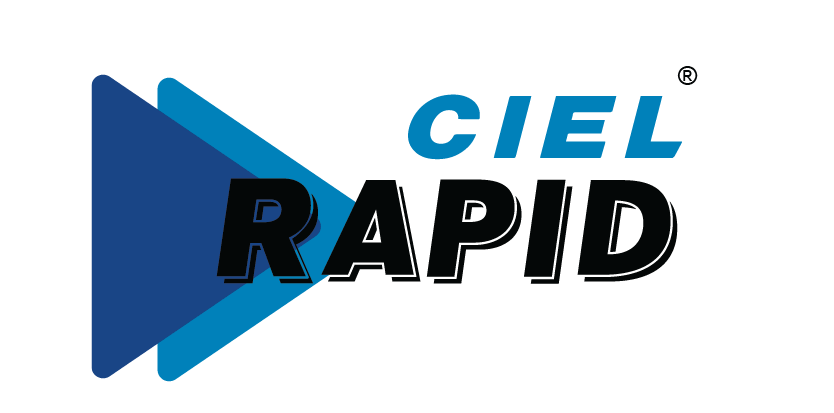
Technologies like artificial intelligence (AI), cloud computing, blockchain, big data analytics are now out in the world and finding applications in day to day work. Speech recognition based assistants like Alexa, Siri and Google Assistant are commonplace now. Business world has started using bots, cloud computing, platform as a service, various big data analytics tools for sales and marketing, finance, supply chain and operations.
HR world has started leveraging these technologies in varying degrees. While some have already deployed new tools, many are thinking about them. Typically, large organizations use a score of legacy applications for HR tasks such as on-boarding, attendance and leave, payroll, expense claims, compliance, employee data maintenance, recruiting, career portal, alumni engagement, performance management, rewards and recognition, learning, employee surveys, employee query management, and reporting. It is not easy to migrate to new platforms and technologies for them because nobody wants disruptions. What are the contours of these changes?
Productivity is the key goal
Digitization is no more a yes-no decision. It’s a question of ‘when’ because the debate is long-settled about the benefits of digitization. Similarly, using applications or systems on the cloud is not a concern any more for an overwhelming majority of firms. These are largely hygiene factors now. The main issue before the CHRO (Chief Human Resources Officer) is choice of applications or vendors and the priority based on which the investments have to flow.
The first and foremost consideration must be productivity. Each organization has its own unique context – its market share, behaviour of competition, market opportunities, its organization structure, own strategic priorities to maximize stakeholder interests. Based on these factors, top leadership of the organization has to decide which task in HR must be automated first to generate the much-needed productivity and the returns on investment (ROI).
Implementation holds the key to maximize ROI
Sometimes, organizations fail to achieve the desired results because of weaknesses in project execution and the change management process. They take an inordinately long time, fail to align expectations of stakeholders; do not involve the right people in designing the solution and implementing it. Hence, it is critical to define measures of success upfront, put together a crack team comprising of people with the right expertise and attitude to solve problems collaboratively, empower the crack team well and position the program well within the organization to execute the project within the stipulated cost and time. Top leaders have to be involved in the project and their commitment to success of the program must be seen within the organization. They need to be flexible in their approach to make course-corrections along the way.
After the project goes live, the leadership team needs to find ways of using the new tools and systems in their day to day work. Else, the project is not very relevant for the organization and does not result in productivity of the business.
Let’s take a closer look at the tools
Our world is hyper-competitive and hence, recruiting the best-matching talent is more important than ever before. Traditionally, it is a long process : get the job vacancy approved for hiring, prepare job description, broadcast the vacancy across various channels, receive applications, screen them, call short-listed candidates for assessment, conduct interviews and tests, make an offer to the best, get acceptance from the prospective employee and on-board the new joinee. Technology is playing a role in each of these steps. Many organizations do not have a recruiting platform. Even if they have, it’s often not end-to-end and doesn’t talk to the stakeholders involved in recruiting. Hence, efficiency is low. AI tools and bots can perform many of the transactional activities such as sending emails, setting tasks, flagging pending tasks, issuing reminders, posting open jobs, searching for matching candidates within a database, sending emails and making phone calls to candidates to check their interest levels, receiving applications and screening them against preset criteria and so on. All of these can hugely save time of HR team and build an image of professionalism in the talent market for the employer brand.
Similarly, transactional activities related to employee lifecycle management such as attendance, leaves, employee query on HR policies, expense claims and so on can be easily automated to enhance employee experience, save time of employees and the HR team who would have otherwise been in a queue to resolve the query. Computing the payroll, generation of reports and transmitting them to the concerned stakeholders are all transactional activities which need to be done by AI tools, thus increasing effectiveness of HR team and reducing turn-around time.
Performance management and learning programmes within organizations are relatively new areas where technology is playing the role of an enabler. It can potentially improve the productivity and build capability across the entire organization. Gone are the days of annual performance appraisal and bell curves to give feedback to employees. The new order of the day is to align goals for each person in the organization with the overall goals, set targets, track performance on a daily or weekly basis and enable the supervisor to review performance on an immediate basis and provide the vital coaching inputs. Technology tools on smart phones are addressing these demands. Similarly, learning programmes are no more restricted to classrooms and experts. Rather they are now micro- learning on the go and tapping into a pool of subject matter experts or experienced hands who can share their perspectives with an employee when he or she is tasked with solving a challenge. Again, technology is enabling these requirements.
Leveraging technology in HR can potentially bring about a huge improvement in organization’s productivity, enhance its employer brand. And make its leadership team more effective than ever before. It calls for involvement of the top team and the program being led by them right at the front row.
You may also like to read: Leveraging analytics in HR

